US Ship Mysteriously Sinks in 1918 During World War I, Today We Finally Have Answers
Most militaries of the world make it a point to investigate operational losses that occur either during active engagement or training.
For example, when the Air Force experiences an aircraft crash, leading to the loss of a pilot or the aircraft itself, a board of inquiry would be set up to determine the cause of the mishap. So, when the US Navy lost the USS San Diego in 1918, they initiated a similar inquiry. Unfortunately, it took 100 years before they could get a concrete explanation.
The Adventurous Construction of the Big Ten
In the 1900s, the US embarked on an adventurous project of building ten revolutionary vessels. These warships were the largest of their time and featured the most advanced technologies of that period.
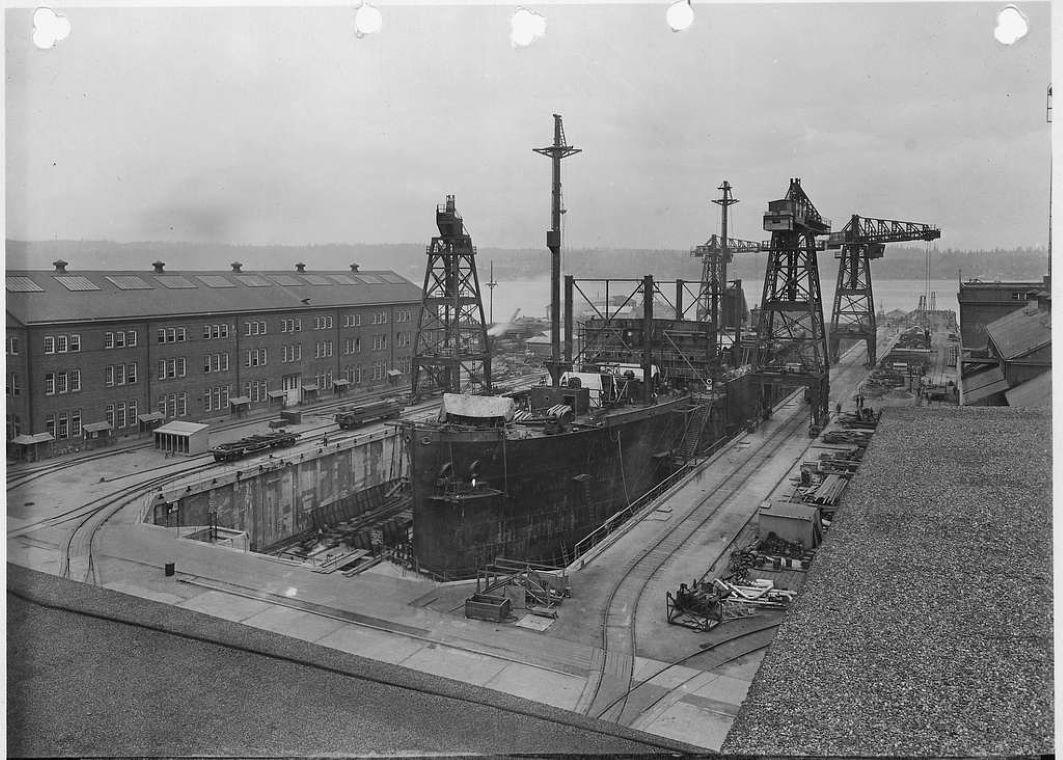
Source: Picryl
USS San Diego was one of these ten ships. The Navy awarded the contract to the Union Iron Works of San Francisco for constructing this mammoth. The Big Ten was supposed to be the terrors of the sea. Unfortunately, the USS San Diego unexpectedly sank in 1918.
A Vessel With Two Names
At the commissioning of the USS San Diego in 1907, the ship was unveiled as the USS California (ACR-6). However, the US Navy decided on a name change and eventually effected the change on the 1st of September, 1914.
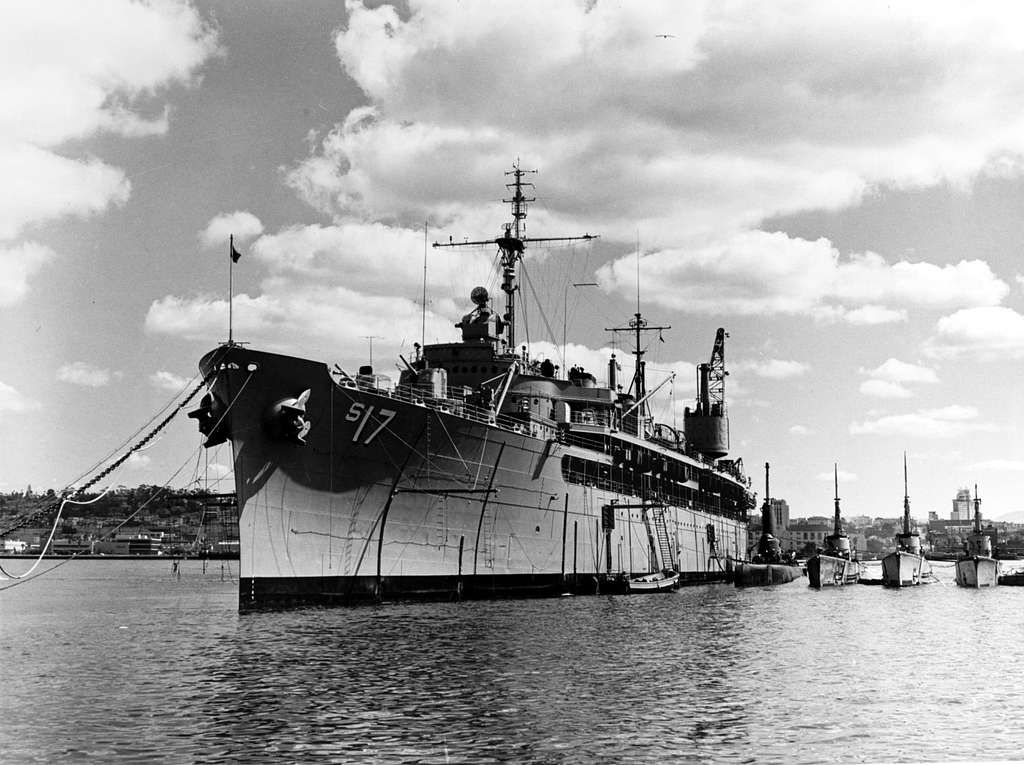
Source: Picryl
The idea was to rename every vessel named after a State in a bid to free up those names. Consequently, vessels of the Big Ten, like the USS West Virginia, the USS Pennsylvania, and the USS California, were all renamed.
A Flagship In Its Own Right
Due to its size and sophistication, the USS San Diego was dispatched as a flagship for the Pacific Fleet in 1914. Before then, the ship had only been used for drills and training exercises.
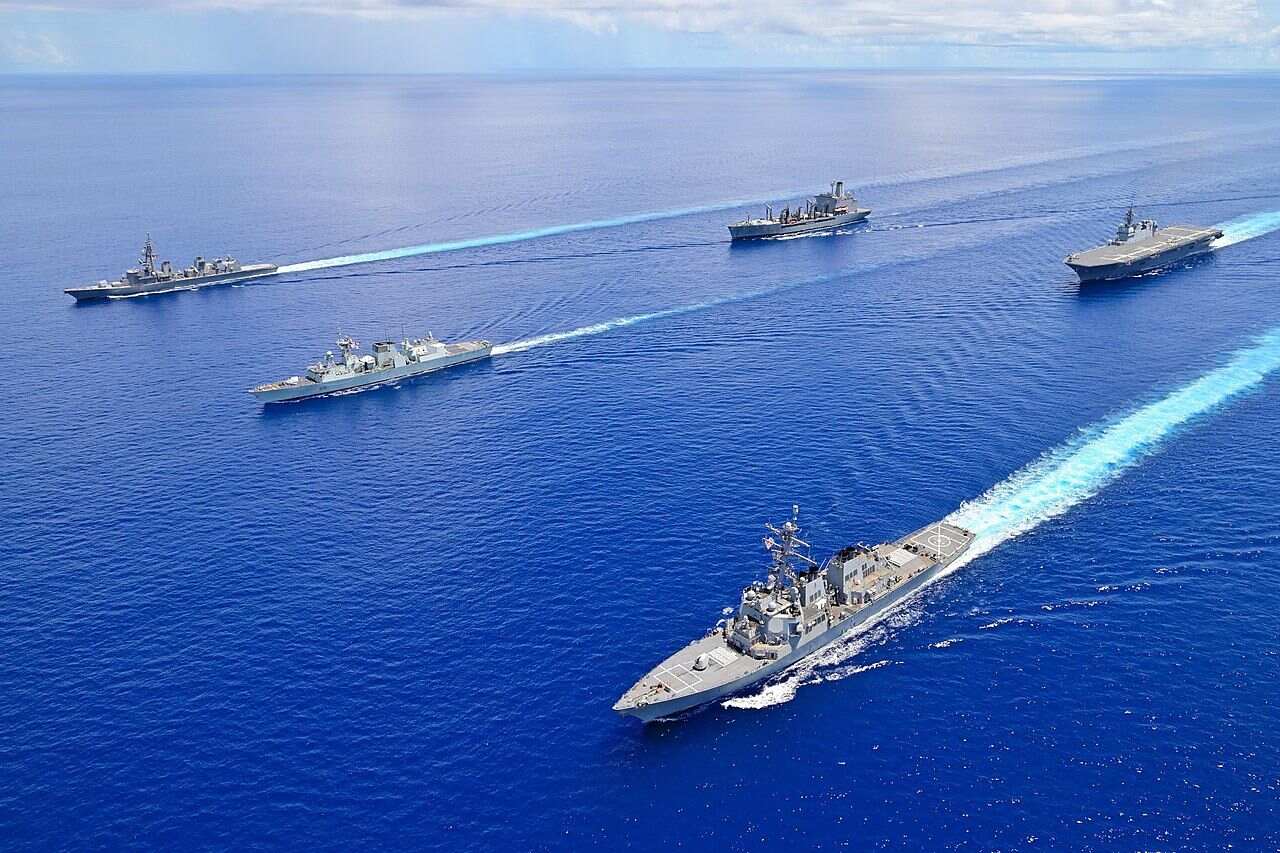
Source: Wikimedia Commons
USS San Diego had to dock at Mare Island for repairs in 1916. One of the steam boilers that powered the vessel had exploded the previous year. Consequently, USS San Diego did not return to service until 1917.
USS San Diego Sees Battle
The USS San Diego was designed as an armored cruiser, which was designed to reasonably withstand shelling and ordinance bombardment. So, when the United States, on April 6, 1917, announced its involvement in World War I, USS San Diego was redeployed to bear the commander’s flag for the Atlantic Fleet.
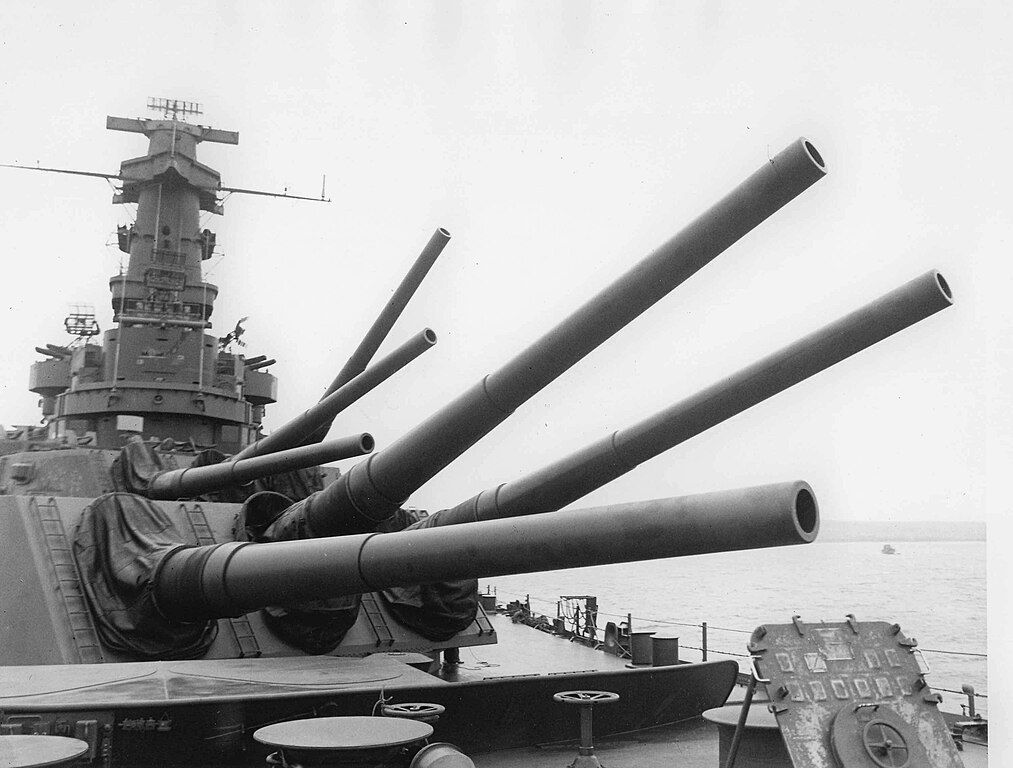
Source: Wikimedia Commons
The USS San Diego was battle-ready and capable of offensive attacks during this period. However, she had more diplomatic roles to play during the war.
A Diplomatic Escort
During World War I, Germany disrupted commercial interactions between Europe and other parts of the world. It was so bad that merchant and commercial vessels were being sunk at sea by the German coordinated offensive.
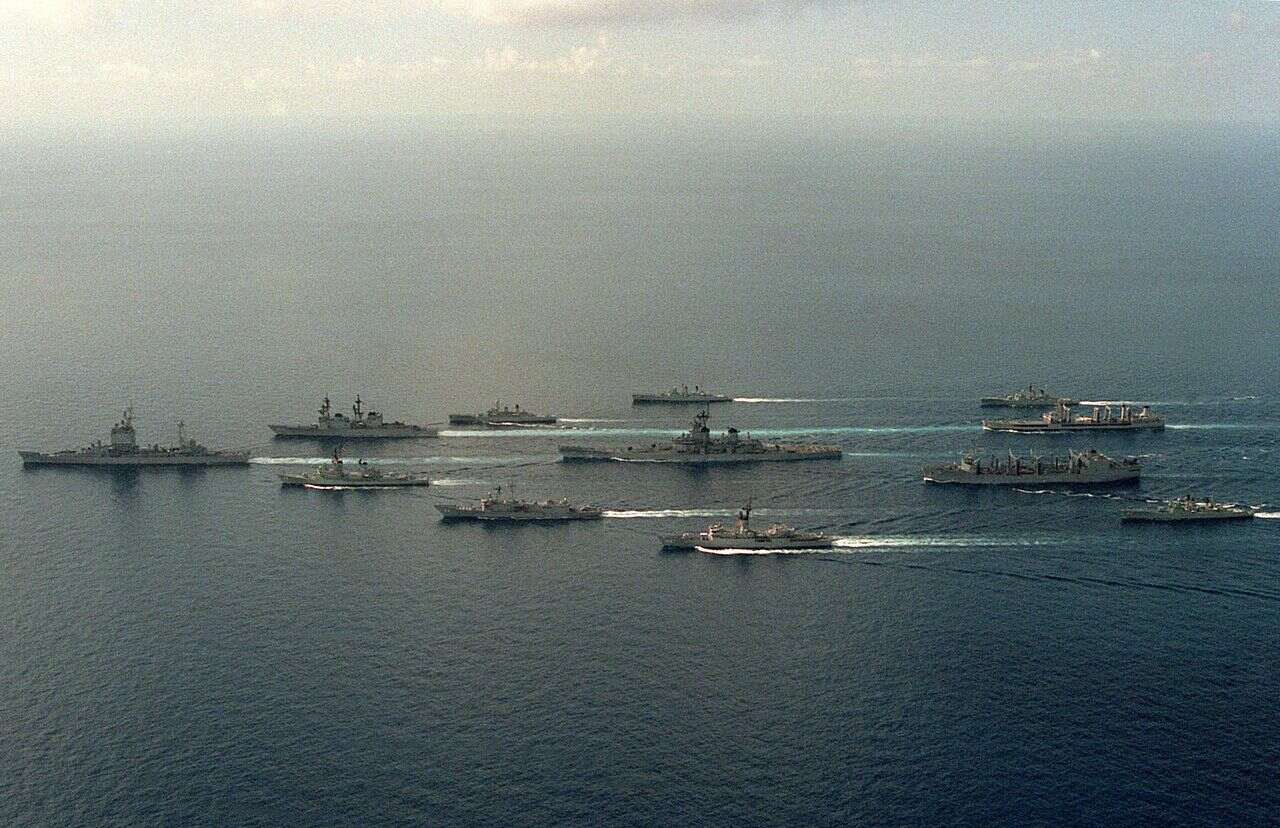
Source: Wikimedia Commons
So, the strict charge given to USS San Diego was to serve as a strategic escort for civilian vessels commuting between Europe and the United States. This mission was a success.
Traveling a Deadly Route
USS San Diego would occasionally come to New York or Nova Scotia for supplies before going off on another escort mission. Interestingly, the waters of the Northern Atlantic were, at the time, prolific for storms and attacks from stealthy enemy submarines.
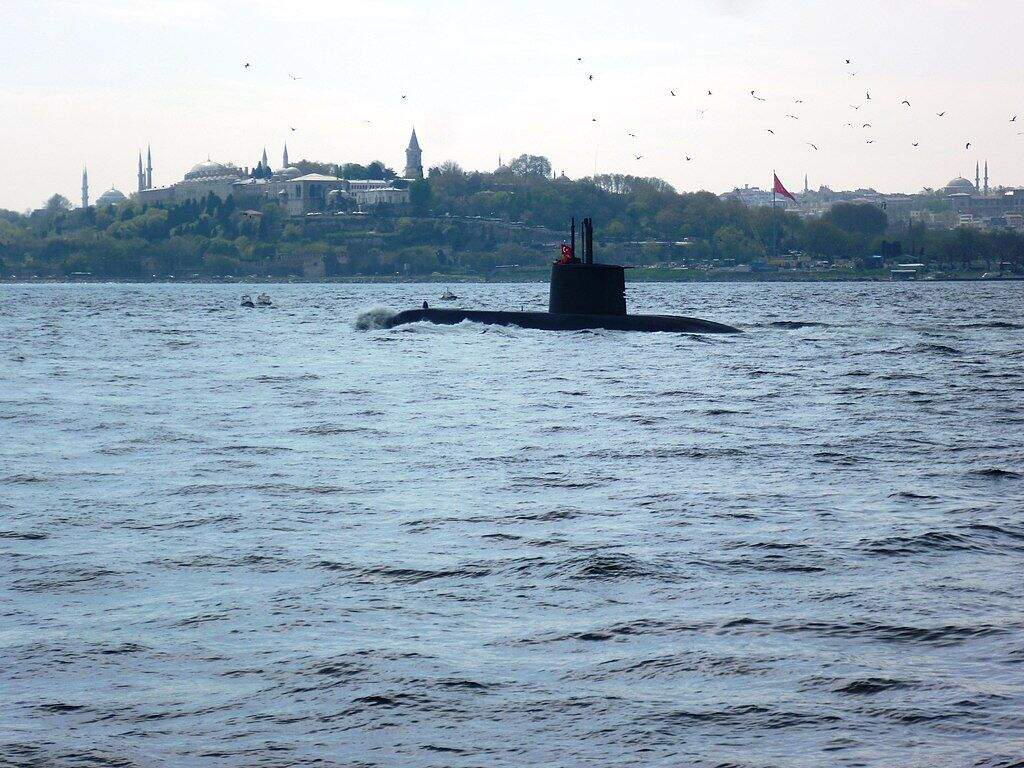
Source: Wikimedia Commons
Despite these hazards, USS San Diego discharged her escort duties with minimal distress. Unfortunately, tragedy struck most unexpectedly.
The Final Voyage of a Behemoth
USS San Diego would depart on what would later turn out to be her last mission on the 18th of July, 1918. The ship had Captain Harley H. Christy at the helm when the marching order arrived for USS Diego to meet up with a convoy of cargo ships in New York.
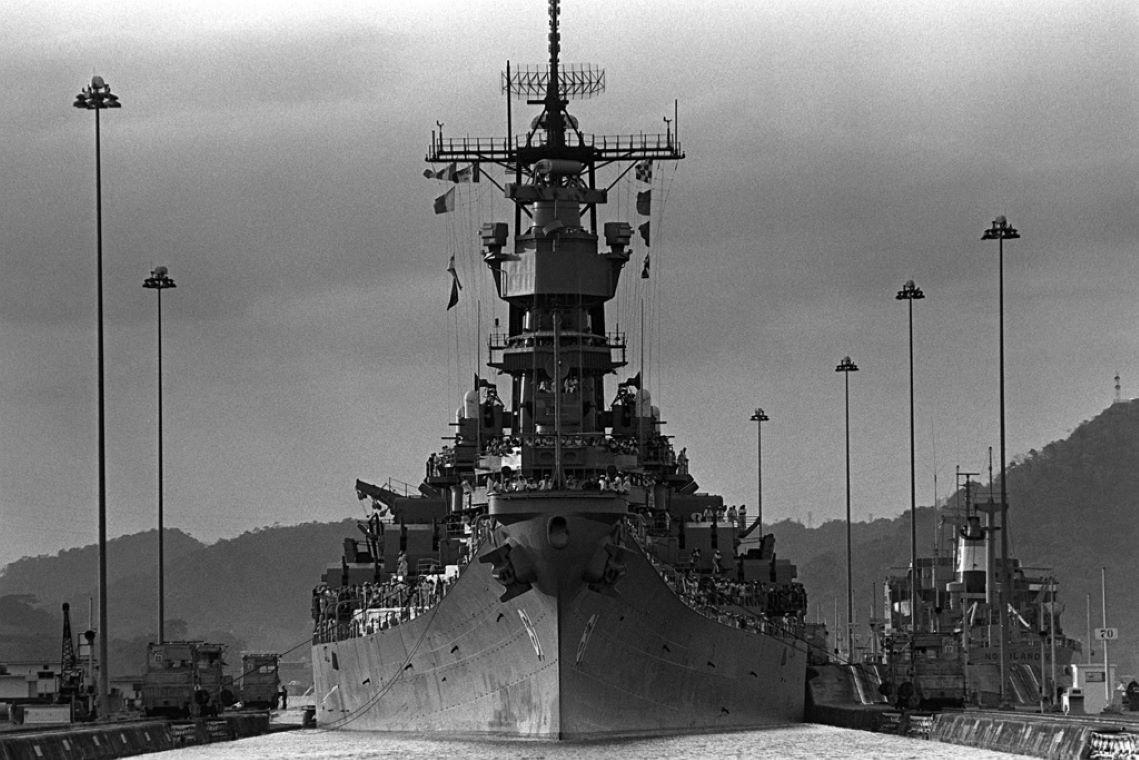
Source: Picryl
So, as was the custom, all crew members returned onboard to operate their duty post, and USS San Diego departed Portsmouth Naval Shipyard.
This is Not a Drill!
Crew members of the USS San Diego were very much aware that each of their WWI trips could be the last. So, they were always prepared to take on enemy fire or similar attacks. They knew the drill but were not expecting what eventually unfolded.
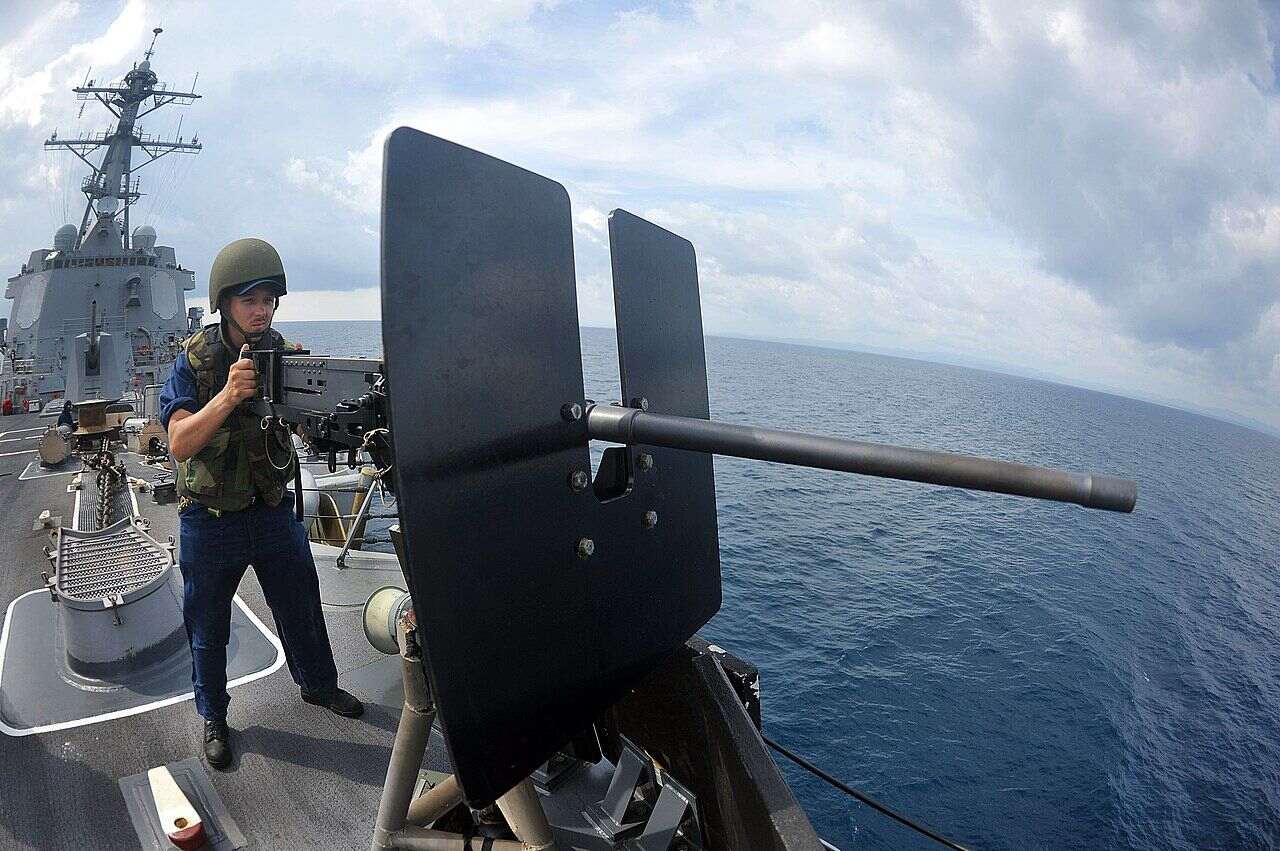
Source: Wikimedia Commons
From the record of what happened later that day, all the battle equipment was in order and was adequately manned in case of any threat. So, the sinking of the USS San Diego was not a product of negligence.
Disaster Strikes
The event that set off the sinking of the USS San Diego happened on the morning of July 19, 1918. The ship was cruising at 17 mph, around 11:05 am, when there was an explosion along the port side of the vessel.
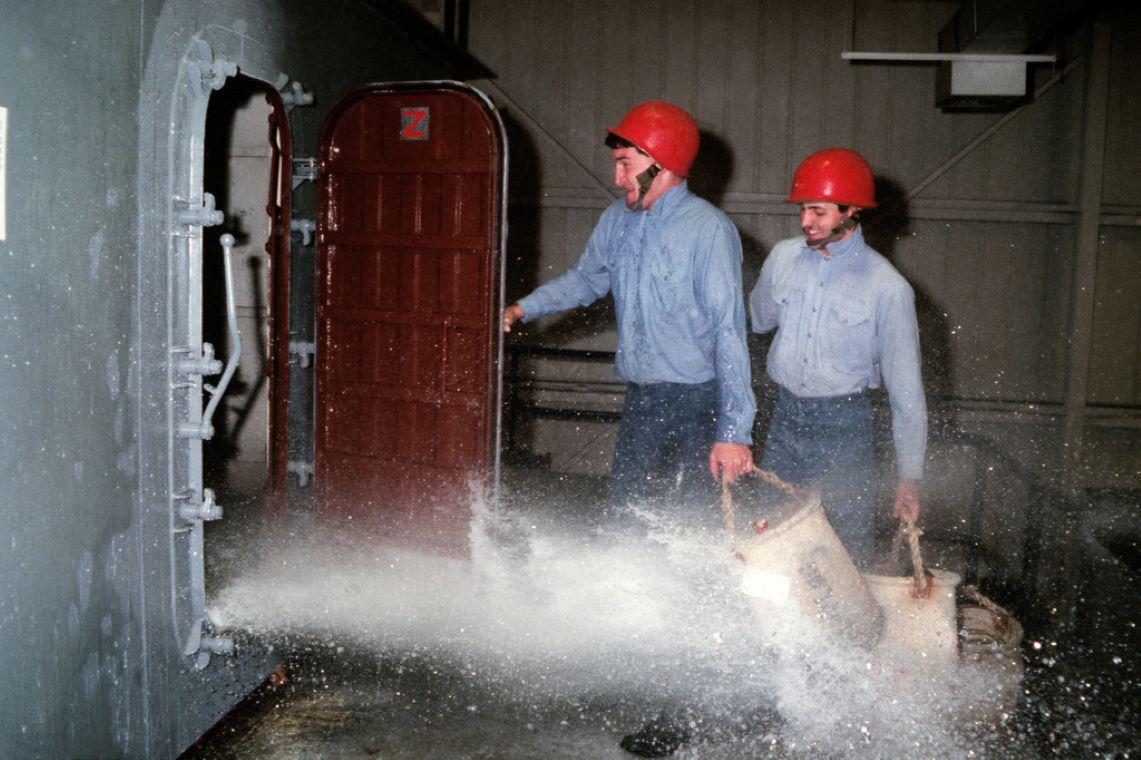
Source: NARA & DVIDS
The explosion occurred below the ship’s water line, and before long, the lower compartments of the ship started flooding.
Following the Drill to Control a Flooded Compartment
Sailors were trained on what to do during such a breach in a ship’s integrity. The crew members staffing the lower decks of the USS San Diego tried to isolate the compromised compartment by shutting the watertight door and connecting it to the other compartments.
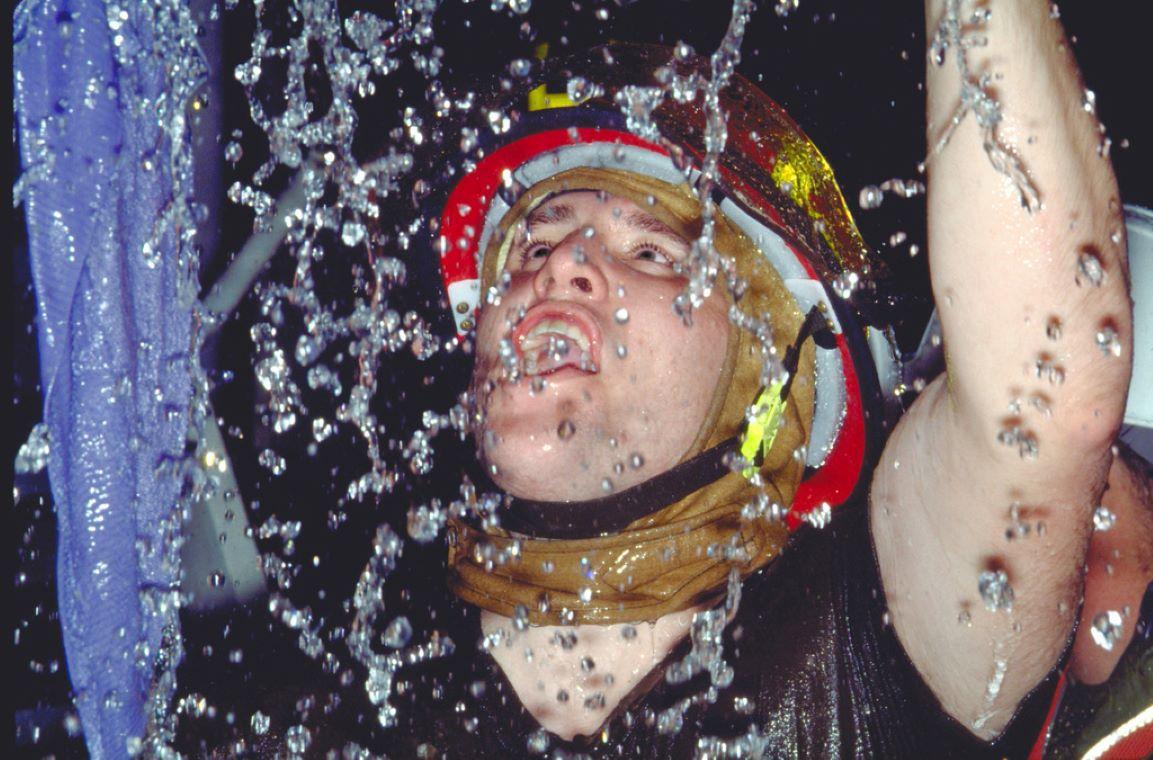
Source: NARA & DVIDS
Unfortunately, the bulkhead was already deformed during the explosion, and the brave crew members were unable to shut the door.
A Strategic Breach
If the explosion had occurred at the ship hull or stern, the Captain would have ordered the engines to be fired to full throttle and berthed at the nearest harbor. But the explosion affected the compartments housing the engine room and a fire room.
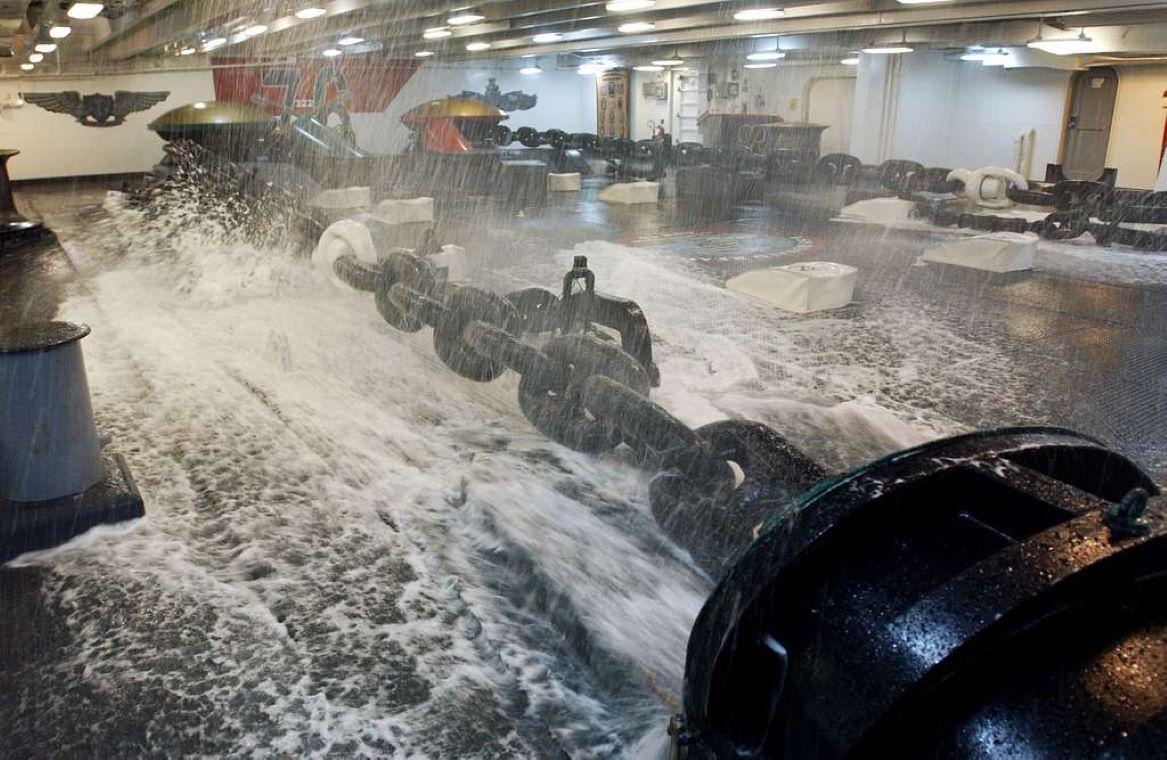
Source: GetArchive
Consequently, the ship was stranded and was only moving by the previously generated inertia. At this point, Captain Christy started trying out all the options he could consider from his years of experience.
Staring Doom in the Face
With the level of flood water rising in the lower decks, Captain Christy had to make decisions that could spell the crew’s safety or doom. He considered the possibility of the USS San Diego being under attack by enemy submarines. The Captain suspected the explosion to have been caused by a torpedo.
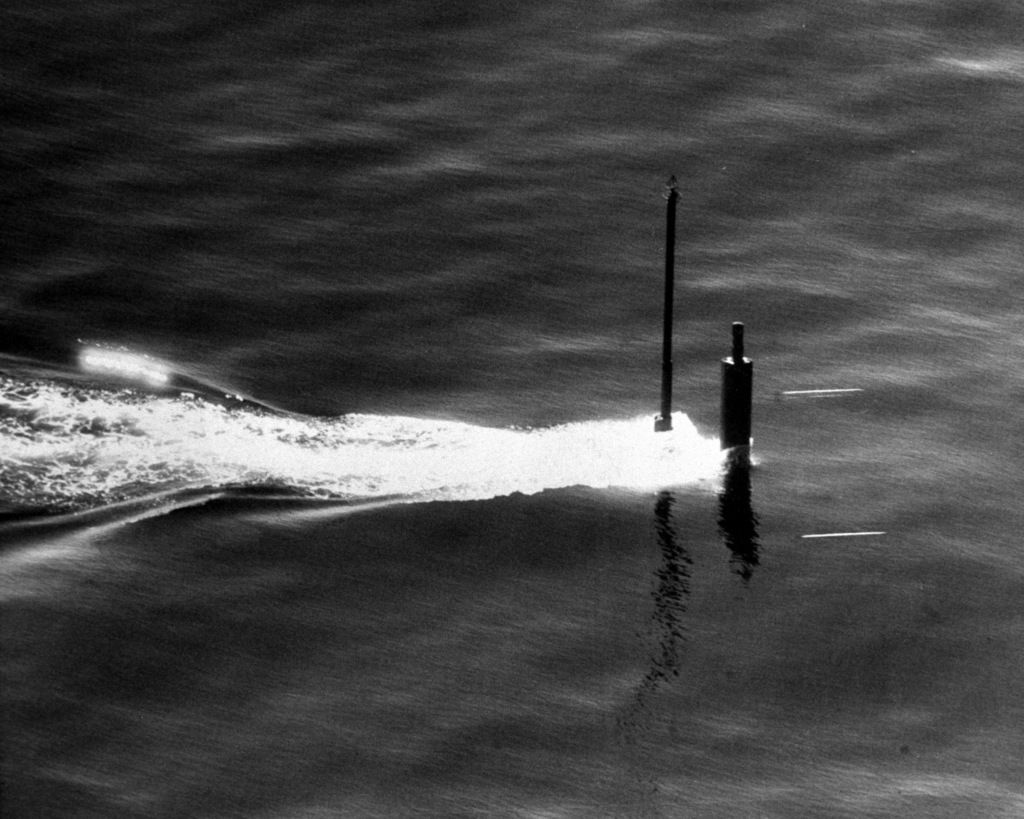
Source: NARA & DVIDS
So, to defend the expensive war vessel, the Captain ordered crew members stationed on the top deck to man the guns. Then, the crew began a frantic search for anything resembling a submarine periscope.
Way Forward
Captain Christy was stuck between the decision to keep searching for a submarine he wasn’t sure was there and trying to call for help. Next, the Captain instructed the ship’s radio operators to broadcast a distress message. The goal was to call for the help of vessels that may have been close by.

Source: Wikimedia Commons
Unfortunately, the equipment that supplied power to the radio room had also been damaged in the explosion. So, there was no way they could send the distress message.
Critical Thinking at the Drop of a Hat
By now, USS San Diego was already tilting, a telltale sign that the ship would inevitably go under. Most of the ship’s compartments were already flooded, and crew members crowded around on the top deck.
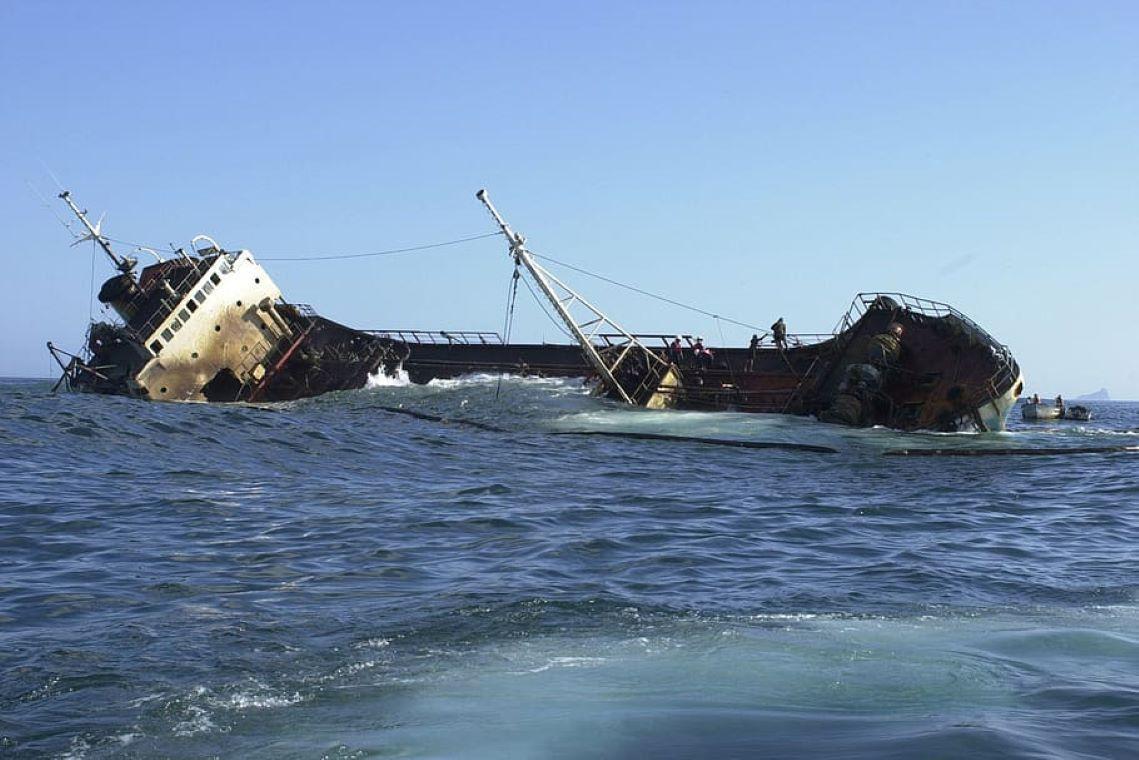
Source: Wallpaper Flare
Captain Christy’s next course of action was to send a team of small boats to the nearest shore and get help. The captain’s chief goal was to save the ship and, if not, ensure its sophisticated technologies did not fall into enemy hands.
The Sinking Dame
It was hardly 10 minutes after the team of small boats left for shore when Captain Christy observed that the USS San Diego had started to sink. So, he immediately ordered crew members to lower the lifeboats and rafts into the water.
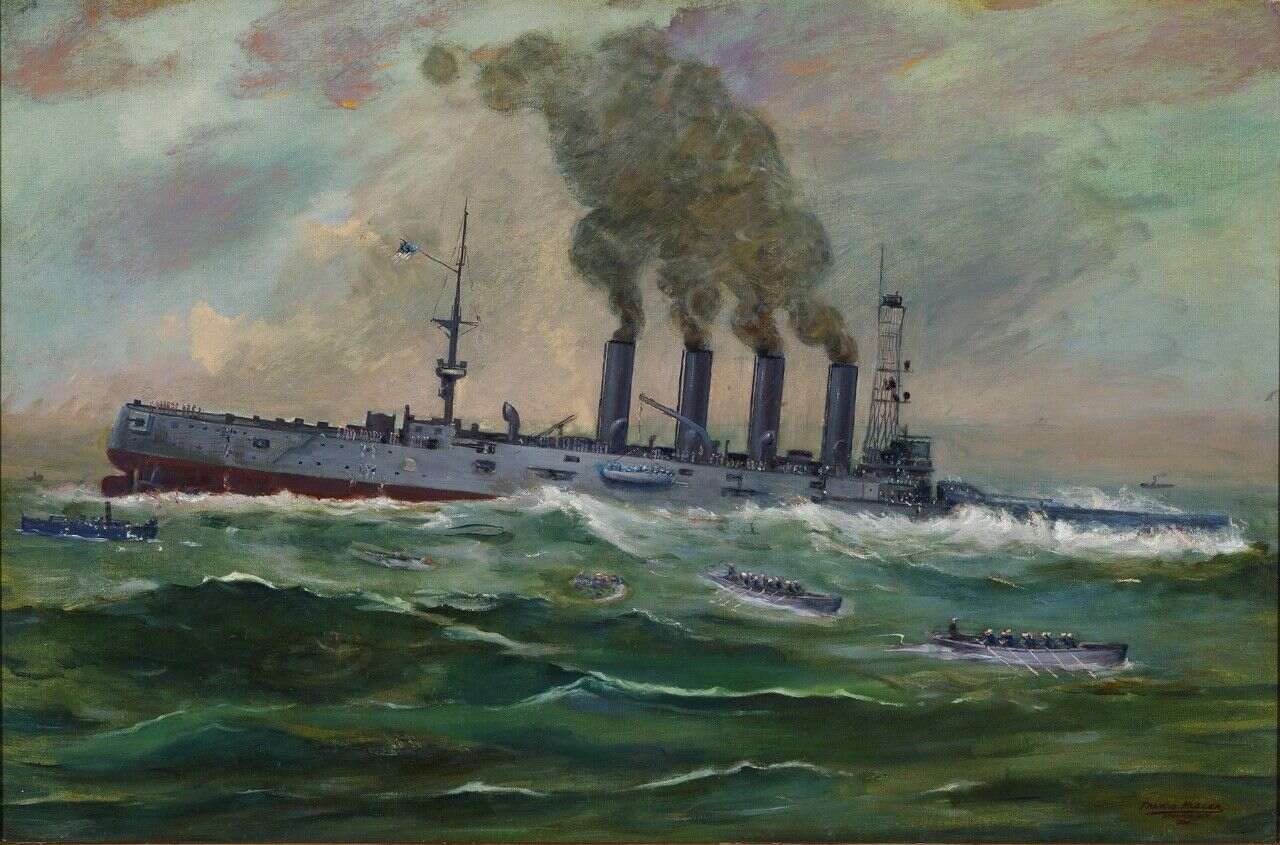
Source: Wikimedia Commons
The lives of the crew members were far more critical than the ship; it was statutory for a captain to salvage his crew members in such a dire situation.
The Loss of Material and Human Assets
As a member of the Big Ten, the sinking of the USS San Diego was a great loss to the US. There was still the question of what caused the explosion. However, while making sure all 830 occupants of the ship were evacuated, sadly, six crew members lost their lives.
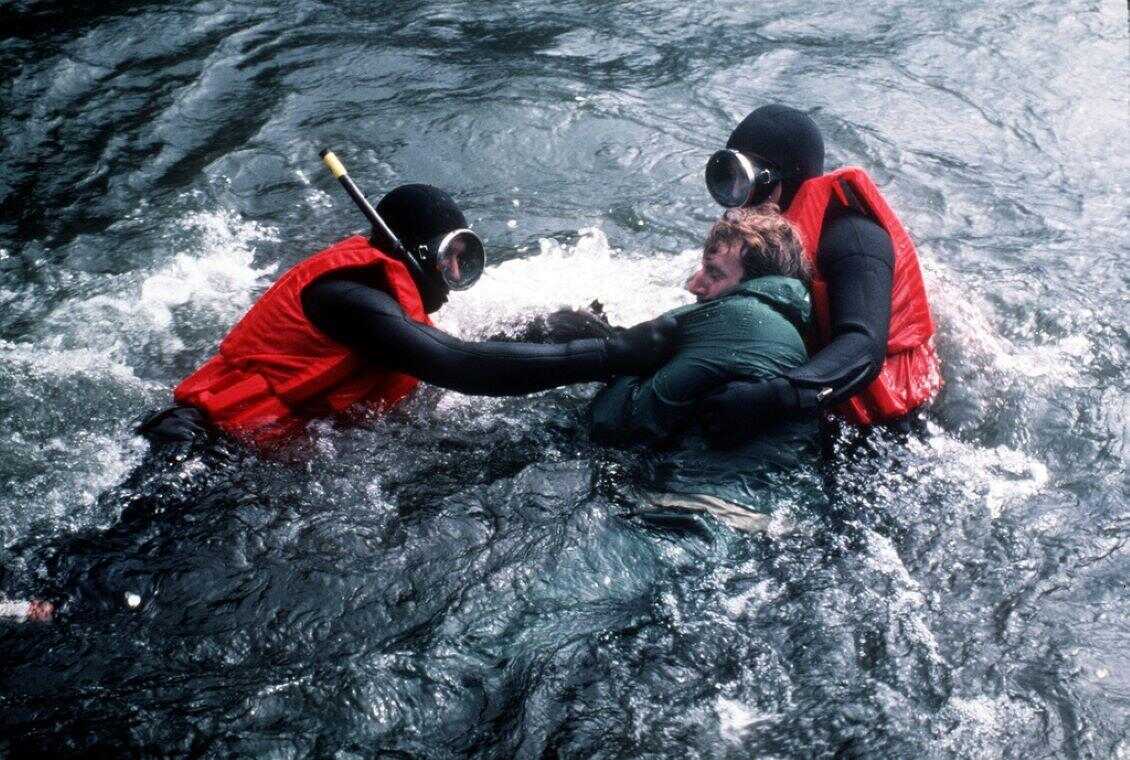
Source: Wikimedia Commons
Captain Christy almost lost his life too. It is common practice for captains to remain on their sinking ship until the last person is evacuated. Fortunately, he was pulled out of the ocean in the wake of the USS San Diego going under.
Solving the Mystery of the Explosion
All the surviving crew members adrift at sea were later rescued by a vessel after the team of small boats dispatched by Captain Christy arrived at New York’s Point O’Woods. The USS San Diego, on the other hand, proceeded to the bottom of the Atlantic, where it remains to date.

Source: NARA & DVIDS
On shore, the Captain had to appear before a Naval board of inquiry to explain what he perceived might have gone wrong.
The Possibilities
The Naval team that investigated the sinking suggested three possibilities. One, that the ship was torpedoed by a submarine; two, that she had been a victim of sea mine; or three, that a saboteur—a German spy had set off the explosion from within the ship.
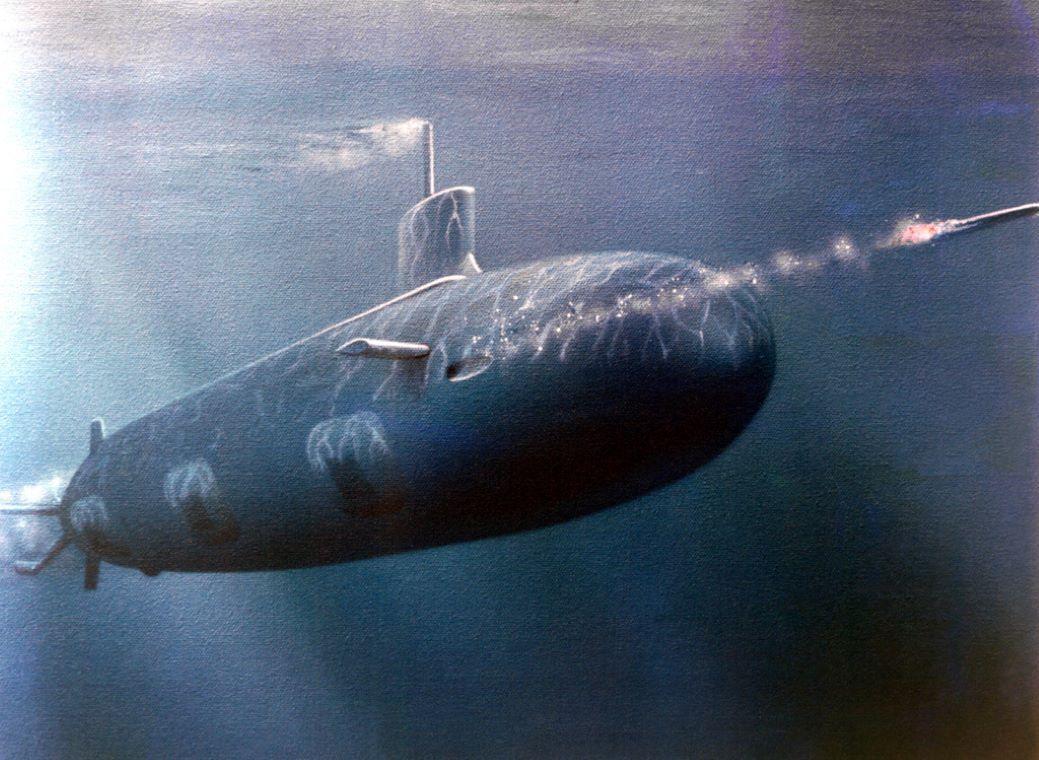
Source: Picryl
When asked, Captain Christy stated that he believed a torpedo caused the explosion. However, the typical traces of a torpedo launch was not found after the area of impact was scouted.
The Investigation Was Finally Brought to a Close
The 1918 Naval investigation was ruled inconclusive, as there was no clear-cut evidence of what caused the explosion. However, in 2018, 100 years after the USS San Diego sank, Alexis Catsambis—an underwater archeologist—came forward with new evidence.
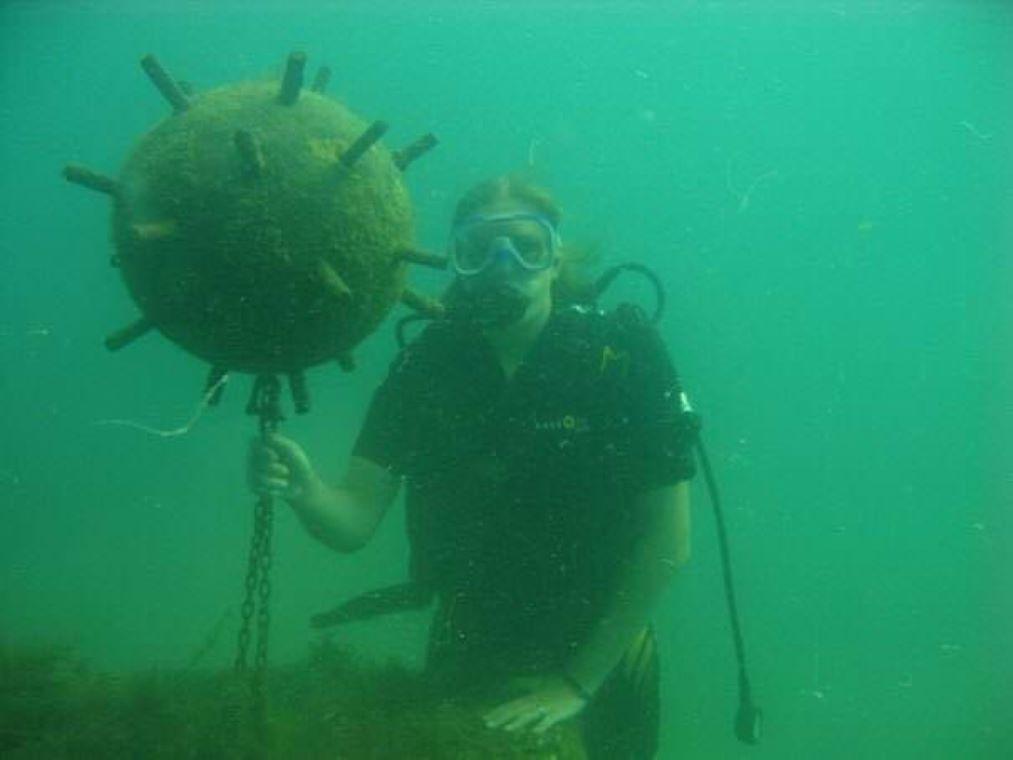
Source: Reddit
After diving 110 feet to the ship’s wreck, Catsambis and his team carefully examined the point of explosion. He concluded that the USS San Diego met its untimely demise because of sea mines planted by a German submarine. Alas, this mighty ship was no match for the deadly stealth of German warfare. Nevertheless, USS San Diego and its service will always be remembered and remain immortalized until the end of time.
